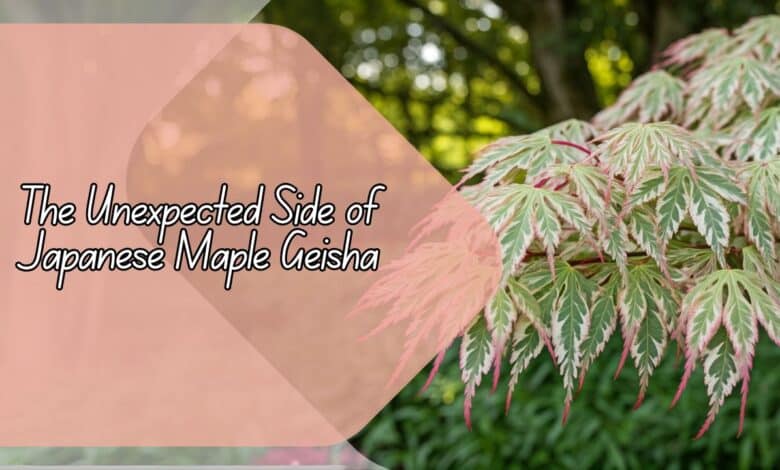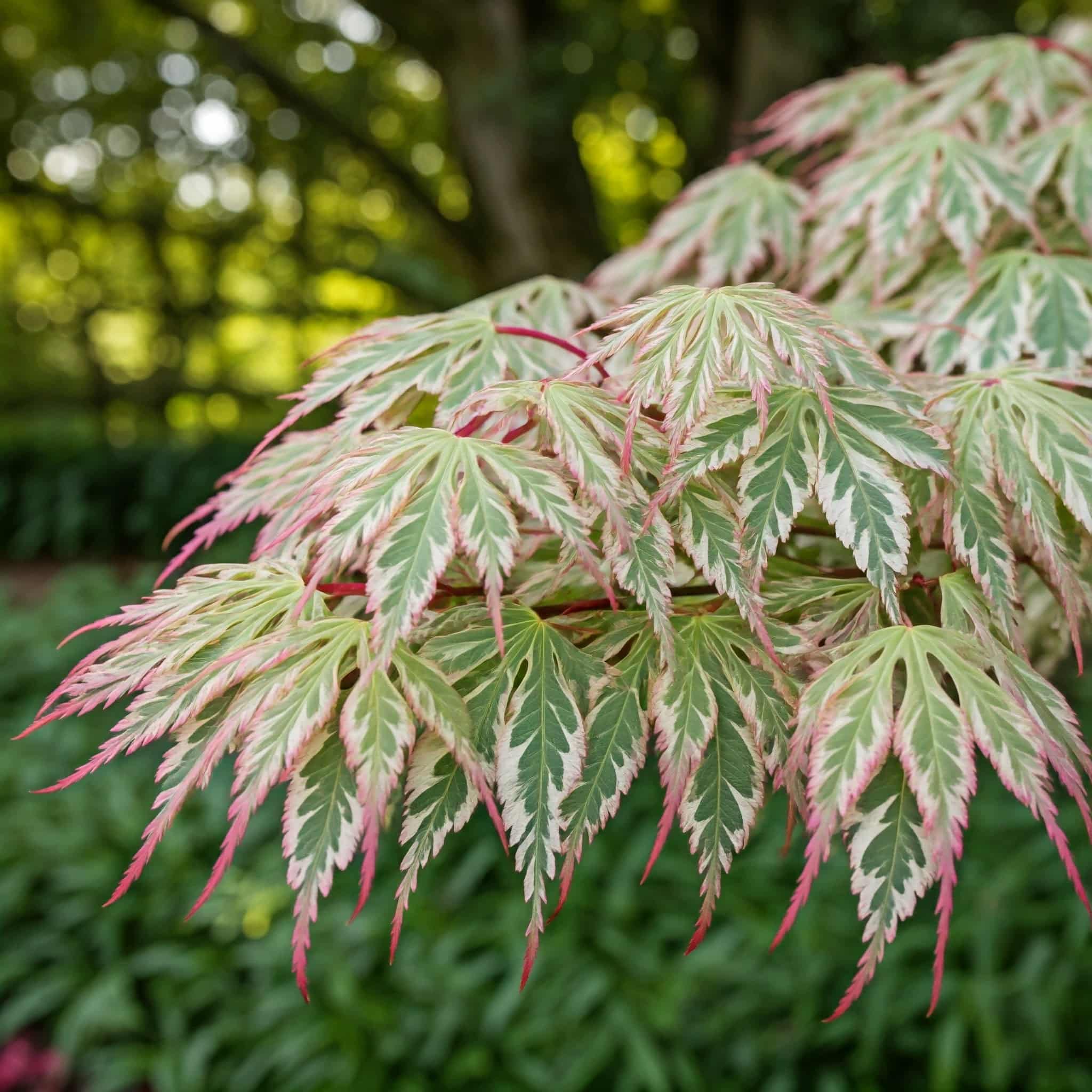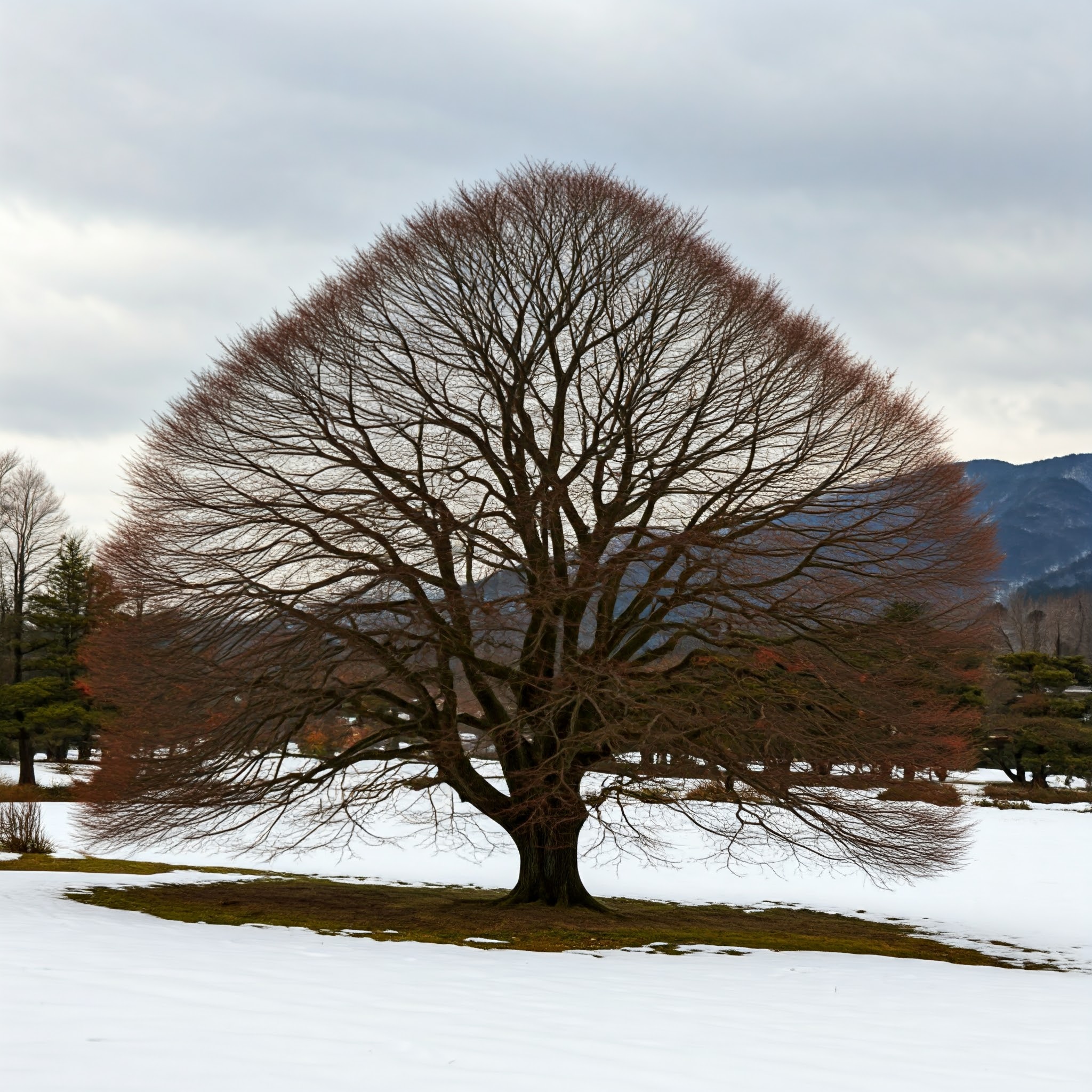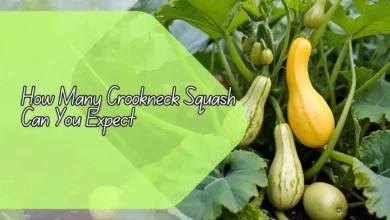
The Unexpected Side of Japanese Maple Geisha: A Wild Twist
A Japanese Maple Geisha is known for its beauty and elegance, but did you know there’s a wild twist to this popular plant? In this article, we’ll explore the unexpected side of Japanese Maple Geisha, from its unique features to how to care for it properly. Whether you’re a seasoned gardener or just starting out, this article will provide you with valuable insights on this fascinating plant.
What makes Japanese Maple Geisha unique?
The Japanese Maple Geisha is a variety of Japanese maple that stands out for its stunning variegated leaves. Unlike traditional Japanese maples with solid-colored leaves, the Geisha variety features a blend of green, white, and pink hues, creating a beautiful and eye-catching display in any garden. This unique coloration makes the Japanese Maple Geisha a popular choice for adding a pop of color to landscaping.
In addition to its striking appearance, the Japanese Maple Geisha is also known for its graceful and delicate foliage. The leaves are finely serrated and have a lacy appearance, adding to the plant’s overall charm. With its elegant silhouette and intricate leaf structure, the Japanese Maple Geisha is truly a standout in any garden setting.

How to care for Japanese Maple Geisha?
Proper care is essential for ensuring the health and beauty of your Japanese Maple Geisha. This plant thrives in partial shade or filtered sunlight, so be sure to plant it in a location that receives adequate light without exposing it to harsh midday sun. The soil should be well-draining to prevent waterlogged conditions, which can lead to root rot.
Regular watering is important for the Japanese Maple Geisha, especially during hot, dry periods. Keep the soil evenly moist but not waterlogged, as this can cause stress to the plant. Mulching around the base of the tree can help retain moisture and regulate soil temperature, promoting healthy growth.

Can Japanese Maple Geisha withstand cold temperatures?
While the Japanese Maple Geisha is a hardy plant, it is important to protect it from extreme cold temperatures. In regions with harsh winter weather, consider wrapping the tree in burlap or covering it with a protective barrier to shield it from freezing winds and frost.
Applying a layer of mulch around the base of the tree can also help insulate the roots and protect them from cold damage.
During the winter months, it is important to monitor the soil moisture levels and water the plant sparingly to prevent waterlogging. Proper winter care will help ensure the Japanese Maple Geisha emerges strong and healthy in the spring, ready to dazzle with its vibrant foliage.

Are there any pests or diseases that affect Japanese Maple Geisha?
Japanese Maple Geisha is generally resistant to pests and diseases, but like any plant, it is not immune to issues. Aphids and spider mites are common pests that can infest Japanese maple trees, feeding on the sap and causing damage to the foliage.
Regularly inspecting your Japanese Maple Geisha for signs of pest infestations and promptly addressing any issues can help prevent damage and keep the plant healthy.
Fungal diseases such as powdery mildew and root rot can also affect Japanese Maple Geisha, particularly in humid or poorly ventilated conditions. Proper air circulation and avoiding overhead watering can help prevent fungal diseases.
If you notice any signs of disease on your Japanese Maple Geisha, such as discolored or distorted leaves, take action promptly to treat the issue and prevent it from spreading.

How tall can Japanese Maple Geisha grow?
Japanese Maple Geisha is a relatively compact tree, typically reaching a height of 10-15 feet when mature. Its slow growth rate and compact size make it well-suited for smaller garden spaces or containers. Pruning can help maintain the desired size and shape of the tree, promoting healthy growth and an attractive appearance.
When planting Japanese Maple Geisha, consider its mature size and spacing requirements to ensure adequate room for growth. Proper spacing between plants will help prevent competition for sunlight, water, and nutrients, allowing each tree to thrive and reach its full potential.

Conclusion
In conclusion, Japanese Maple Geisha is not just a beautiful and elegant plant – it also has a wild twist that makes it truly unique. With its stunning variegated leaves, delicate foliage, and compact size, the Japanese Maple Geisha is a standout in any garden setting.
By providing proper care, protection from extreme temperatures, and vigilant monitoring for pests and diseases, you can enjoy the beauty of this captivating plant for years to come.
FAQs
Can Japanese Maple Geisha tolerate full sun?
Japanese Maple Geisha thrives in partial shade or filtered sunlight. While it can tolerate some morning sun, it is best to avoid exposing it to harsh midday sun, which can scorch the delicate foliage.
How often should I water Japanese Maple Geisha?
Japanese Maple Geisha should be watered regularly, especially during hot, dry periods. Keep the soil evenly moist but not waterlogged to prevent stress to the plant.
Is Japanese Maple Geisha a fast-growing tree?
Japanese Maple Geisha has a slow growth rate, typically reaching a height of 10-15 feet when mature. Its compact size makes it ideal for smaller garden spaces.
Can I plant Japanese Maple Geisha in a container?
Yes, Japanese Maple Geisha can be planted in a container, provided it has adequate drainage and room for root growth. Be sure to water and fertilize regularly to promote healthy growth.
How can I prevent pests and diseases on my Japanese Maple Geisha?
Regularly inspect your Japanese Maple Geisha for signs of pests and diseases, and take prompt action to address any issues. Proper air circulation, watering practices, and monitoring can help prevent common problems and keep your plant healthy.








